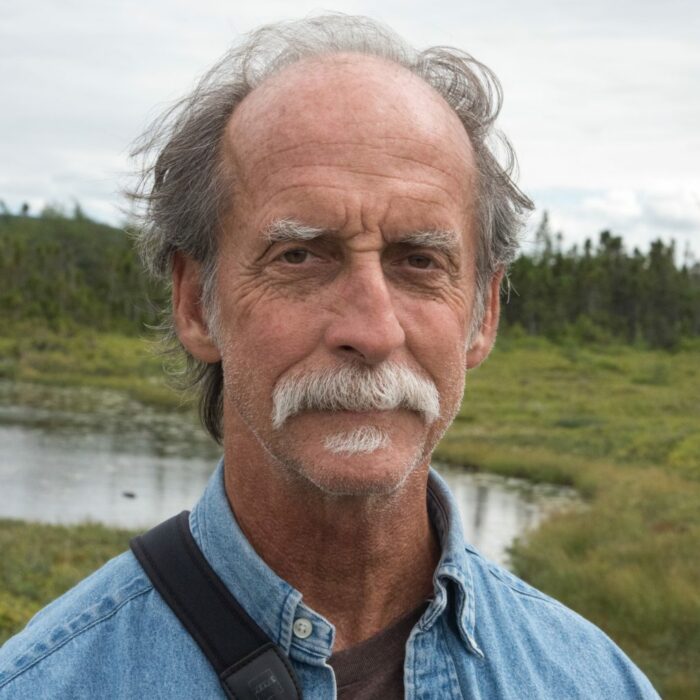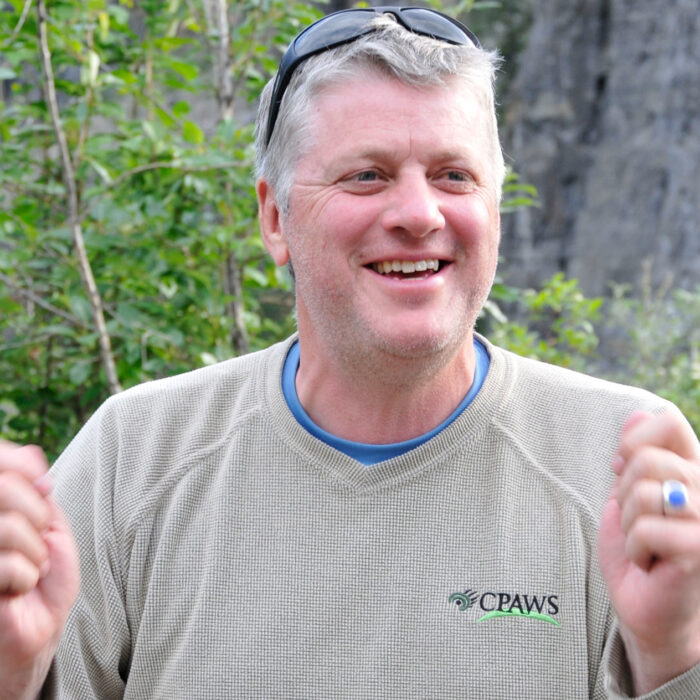1992
Reed Noss independently arrives at the same conclusion: Nature Needs Half. Basing his research on the 1991 National Audubon Society report, he publishes his findings in Wild Earth.

In 2009, Nature Needs Half was formally launched by the WILD Foundation at the 9th World Wilderness Congress (WILD9) in Merída, Mexico, boldly encouraging the conservation community to act publicly on what everyone was saying privately: nature needs half.
Meet the people and organizations who have helped make this movement what it is today.
We are implementing on-the-ground actions that add up to 50% by 2030.
Will you join us?
Below you’ll find more about the evolution of our movement, an evolution that continues now. How will you help Earth's one-of-a-kind wild nature reach 50% protected?
Discover how you can helpReed Noss independently arrives at the same conclusion: Nature Needs Half. Basing his research on the 1991 National Audubon Society report, he publishes his findings in Wild Earth.


We can stop the sixth mass extinction if we protect approximately 50% of the 846 ecoregions that provide habitat for all of Earth's biodiversity. That means finding leaders and organizations around the world willing to align exisiting efforts around protecting and interconnecting nature in the region.
Learn MoreHarvey Locke of the WILD Foundation launches the Nature Needs Half movement in the Closing Plenary of the 9th World Wilderness Congress.
Watch the WILD9 Closing Ceremony

We can stop the sixth mass extinction if we protect approximately 50% of the 846 ecoregions that provide habitat for all of Earth's biodiversity. That means finding leaders and organizations around the world willing to align exisiting efforts around protecting and interconnecting nature in the region.
Learn MoreNature Needs Half Steering Committee meets for the first time to formalize planning for a global movement.


We can stop the sixth mass extinction if we protect approximately 50% of the 846 ecoregions that provide habitat for all of Earth's biodiversity. That means finding leaders and organizations around the world willing to align exisiting efforts around protecting and interconnecting nature in the region.
Learn MoreIf you believe that we have a window of opportunity to end the Sixth Mass Extinction by protecting half of nature, act today and become a part of a global community transforming society's relationship with the natural world!